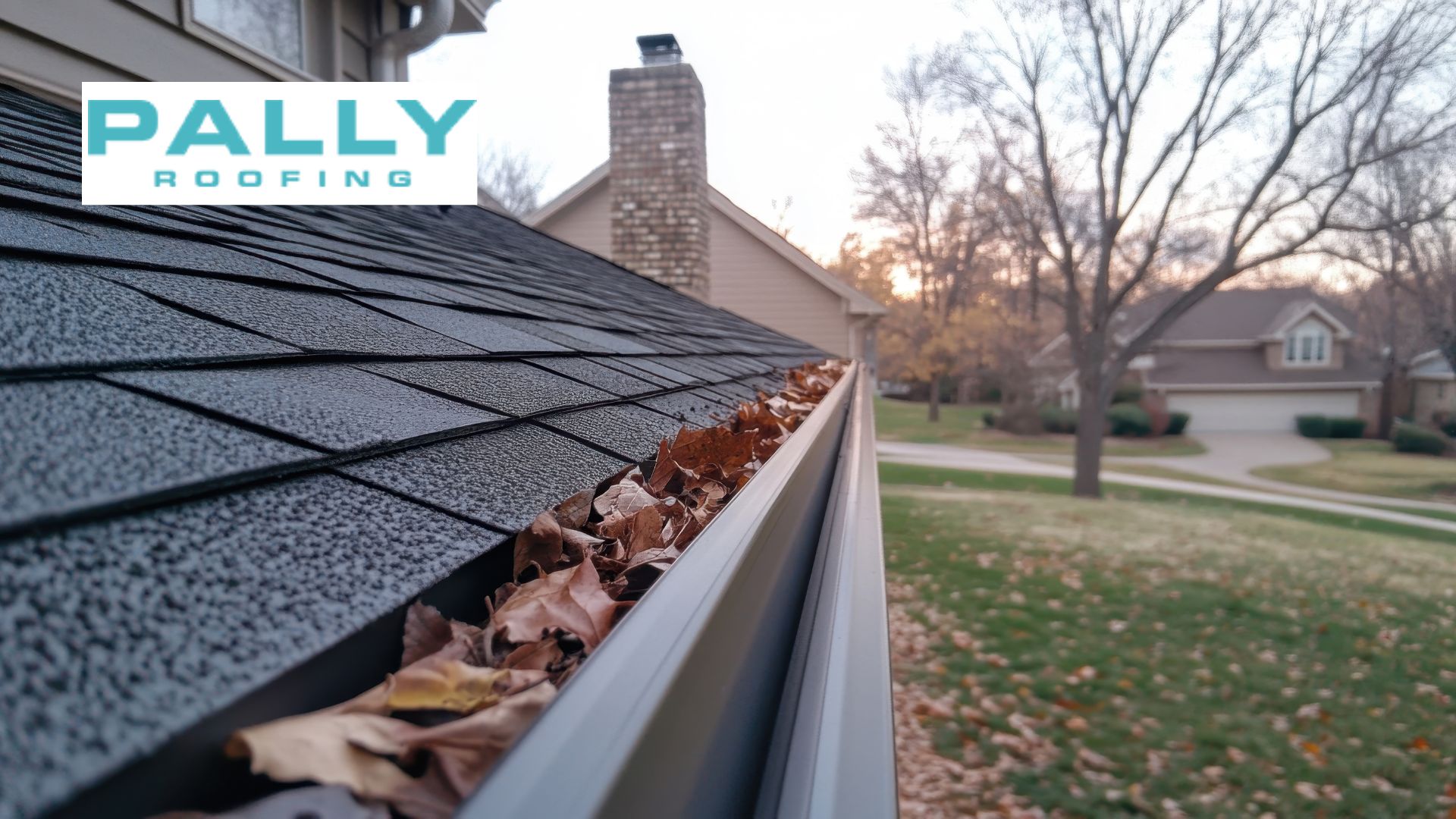Last updated on November 25th, 2024 at 11:06 am
Green roofs are systems that add plants to rooftops. They provide several benefits, including saving energy, improving appearance, and supporting the environment. These roofs are becoming more popular across the USA. These eco-friendly roofing solutions change traditional roofs into lively green spaces. Promoting urban green roofs helps increase biodiversity, fight climate change, and create healthier living environments.
Table of Contents
What is a Green Roof or a Living Roof?
A green roof, or a living roof, is a roofing system with plants and soil on top of a waterproof layer. This type of roof has many benefits. It helps manage stormwater, increases energy efficiency, improves air quality, and encourages growth. Green roofs can be simple or complex. Simple gardens have shallow plants that are easy to care for. Complex gardens have deeper soil, allowing for a wider variety of plants.
These roofs are flexible options for urban buildings. They help make buildings more sustainable and improve their appearance. The concept of a plant roof is increasingly popular in green roof cities, helping reduce the effects of urban growth and improve the quality of life for people.

Source: gov/articles
Types of Green Roofs for Urban Buildings in the USA

Source: Soils
Green roofs are becoming more common in cities across the USA. They offer many environmental and aesthetic benefits. There are different green roofs, each designed for specific uses and goals. Here is an overview of the main types:
1. Extensive Green Roofs
- Description: Lightweight systems have shallow soil layers 2 to 6 inches deep. These systems support hardy plants like sedums, mosses, and grasses.
- Applications: Best for residential homes and small commercial buildings with limited access. These energy-efficient roofing systems are easy to maintain and help the environment.
2. Intensive Green Roofs
- Description: Heavier systems with deeper soil layers, ranging from 6 to 24 inches, can support a variety of plants like shrubs and small trees.
- Applications: Common in large commercial projects, urban parks, and rooftop garden installations, space focuses on recreation and beauty. These living green roofs require more maintenance and irrigation.
3. Semi-Intensive Green Roofs
- Description: Use a hybrid approach with soil depths between 4 and 12 inches. This depth helps balance different types of plants and their maintenance needs.
- Applications: Great for properties that need flexibility, including residential green roofs and urban developments.
Challenges and Maintenance of Living Green Roofs
Despite the many benefits of green living roofs, some challenges include:
- First Cost: The upfront cost of green roof installation in the USA is that modern roofs cost more than traditional roofs because they require different structures and materials.
- Maintenance: Taking care of your plants is essential. Water them regularly, remove weeds, and monitor their health.
Pally Roofing, one of the leading green roofing companies in the USA, offers expert maintenance services to ensure your earth roof stays green and works well over time.
Are There Any Limitations Or Challenges To Installing Green Roofs?
Installing green roofs can be challenging. Key issues include cost, the ability of the building to support the roof’s weight, how much maintenance the roof will need, and the local climate. Choosing the right plants and properly handling waterproofing and drainage is also important. These factors are essential for ensuring the green roof project is successful and lasts long.
Key Benefits of Green Roofs

Source: mdpi
Green roofs provide many benefits that improve city environments and building performance. The main advantages are:
- Stormwater Management: Green roofs help gather and hold rainwater. This reduces runoff and lowers the risk of flooding in cities. During summer, they can keep 70-90% of rainfall; in winter, they can retain 25-40%. They act like a natural sponge that manages stormwater effectively.
- Energy Efficiency: Green roofs insulate buildings well, which helps reduce heating and cooling costs. Research shows that these roofs can cut air conditioning energy use by more than 75% during hot months. Living roofs source this figure.
- Air Quality Improvement: Green roofs clean the air in cities by removing pollutants. They lower the amount of dust and tiny particles in the air.
- Urban Heat Island Mitigation: Green roofs lower temperatures by covering surfaces that absorb heat. This helps reduce the urban heat island effect and makes cities more comfortable during hot weather.
- Biodiversity Support: They create habitats for different species. This helps increase urban biodiversity and makes city environments more resilient to ecological challenges.
- Noise Reduction: The plants and soil reduce noise from the environment. They act as sound insulators, which helps minimize noise pollution.
- Increased Roof Lifespan: Green roofs protect roofing materials from UV rays and temperature changes. This protection helps these roofs last longer than traditional ones.
- Aesthetic Appeal: Green spaces improve the look of urban areas. They offer places for residents and visitors to enjoy.
In summary, green roofs, also known as plant roofs or living roofs, address environmental issues and make buildings more efficient and cities better places to live.

Source: water.phila
Can Green Roofs Be Used In All Climates To Improve Water Quality?
Green roofs can improve water quality in different climates, but how well they work can depend on local conditions.
- Temperate and Mild Climates: Green roofs effectively capture rainwater and manage stormwater in areas with moderate temperatures and regular rainfall. They can hold a large amount of rain, which helps prevent urban flooding. Additionally, green roofs improve water quality by filtering out pollutants before they enter water bodies.
- Hot and Arid Climates: Green roofs are helpful even in hot and dry climates. They reduce the urban heat island effect by providing shade and insulation. During rare rainfalls, green roofs can hold water, which helps improve water quality by limiting runoff that might carry pollutants. However, green roofs may need an irrigation system to keep the plants healthy during dry times.
- Cold Climates: Green roofs can improve water quality in colder areas, but they may collect more snow. They help hold onto snowmelt, which reduces flooding in the spring. The soil and plants on the roof filter out pollutants, keeping them from entering water systems. It is important to choose plants that can survive freezing temperatures.
- Tropical Climates: Green roofs are good at managing stormwater in areas with heavy rainfall. They capture and hold a lot of water, which helps reduce flooding by limiting runoff and filtering rainwater. The main challenge in these areas is finding plants that can survive the strong sun and high humidity.
Green roofs improve water quality in all climates. They reduce stormwater runoff, filter pollutants, and help keep the water cycle balanced. While the design, plant choices, and maintenance practices may vary by climate, the environmental benefits of green roofs are the same everywhere.
Transform Your Roof with Sustainable Roofing Experts
Make the most of the benefits of eco-friendly roofing solutions by partnering with Pally Roofing. With over 15 years of experience as experienced green roof contractors in Ohio, USA, we specialize in affordable green roof installation services. We focus on quality and sustainability.
Ready to explore the benefits of installing green roofs on commercial buildings or homes?
Contact Pally Roofing today for expert advice, professional installation, and reliable green roof maintenance tips. “To help your rooftop garden grow well.”
Frequently Asked Questions
How Do Green Roofs Help With Energy Efficiency?
Green roofs act as an insulating layer, reducing heat gain in summer and heat loss in winter. This helps lower energy usage for heating and cooling, reducing energy costs and carbon release.
What Types Of Plants Are Typically Used On Green Roofs?
Due to their low maintenance requirements, ability to grow in shallow soil depths, and resistance to dryness, sedums, grasses, and wildflowers are often chosen for green roofs.
What Role Can Green Roofs Play in Reducing Rainwater Drainage?
Green roofs reduce the amount and speed of rainwater flow by collecting rainfall and releasing it slowly through water loss. This lessens the strain on urban drainage systems and lowers the chance of city flooding and water pollution.
Author
-

With more than 16 years of hands-on experience, Phillip Schmucker is the knowledgeable owner of Pally Roofing. His dedication to superior roofing services has earned him a reputable place in the industry. Phillip also shares his extensive expertise through writing, providing readers with practical tips and professional advice on various roofing topics. Follow him on LinkedIn.
View all posts






